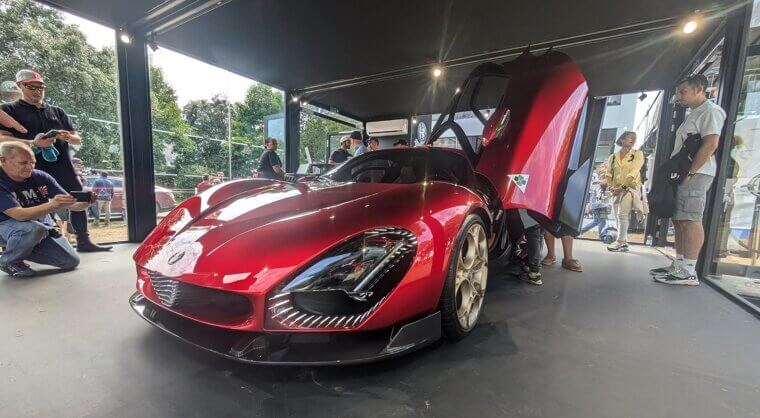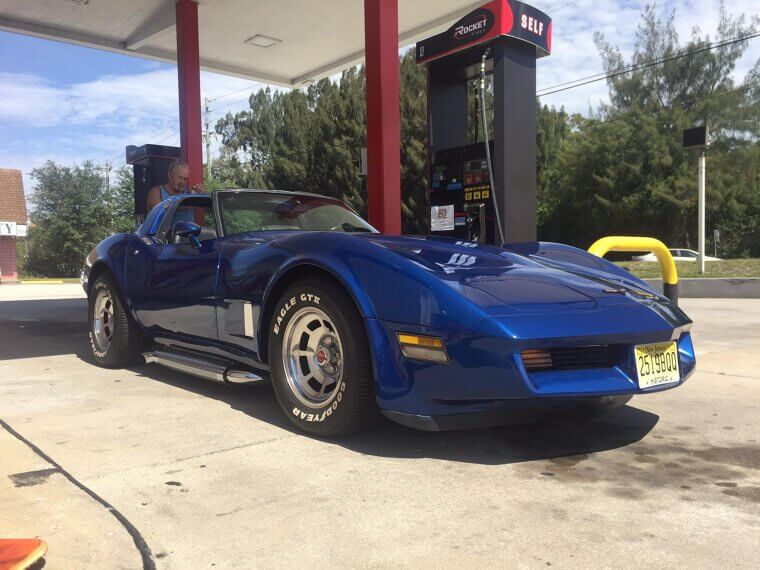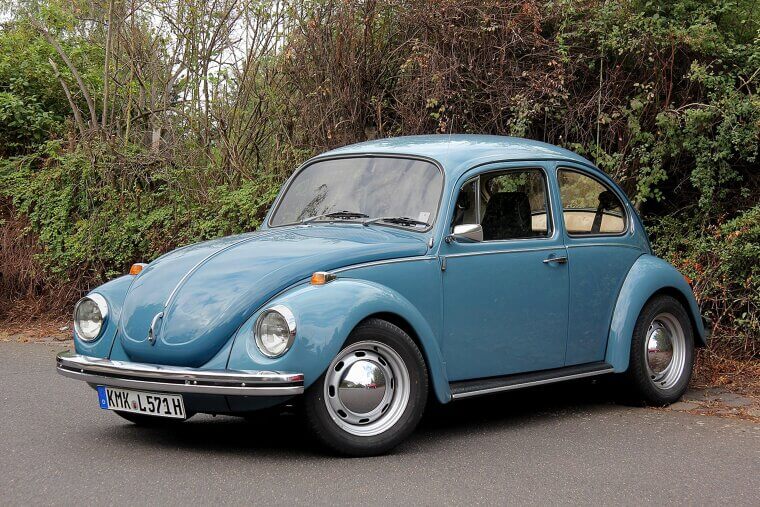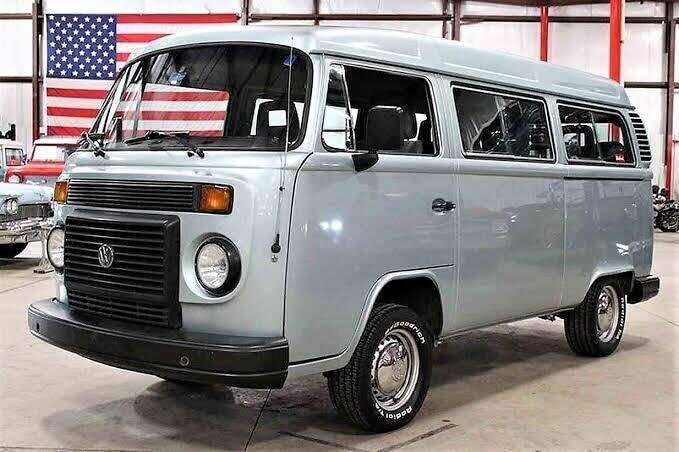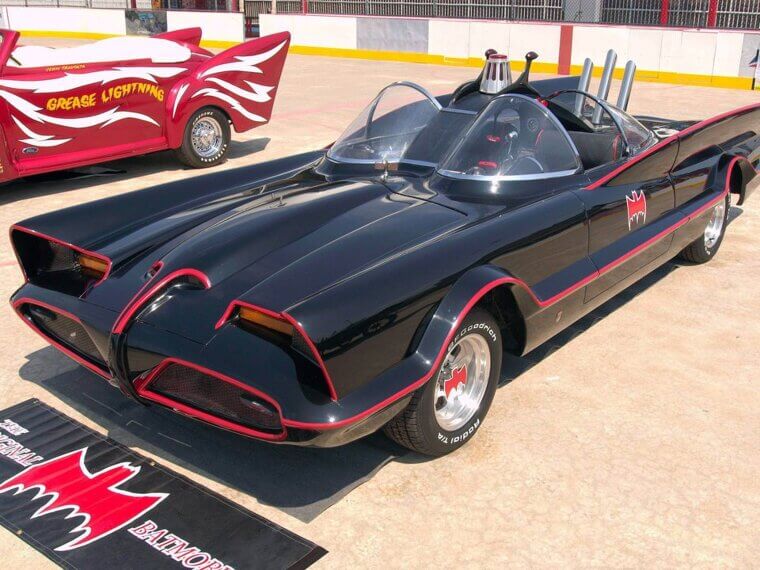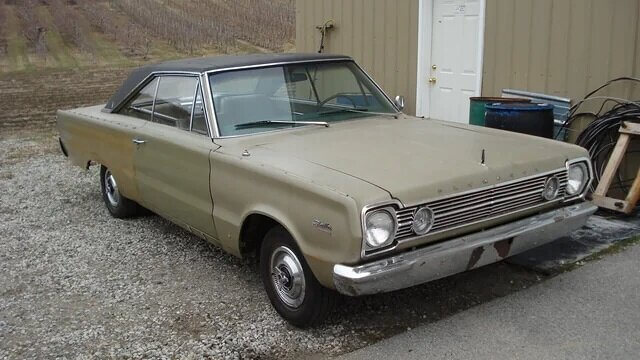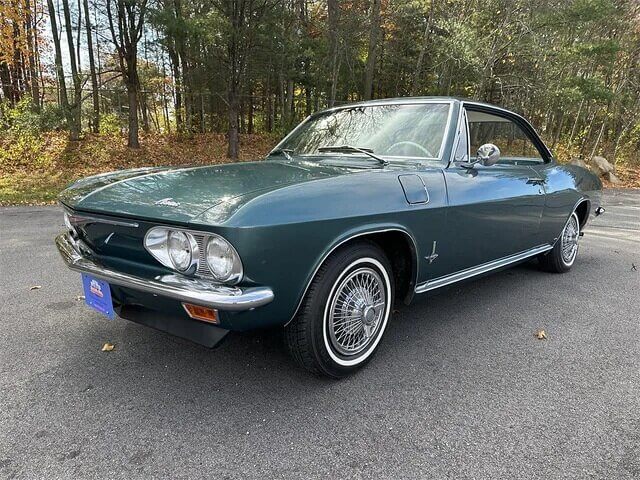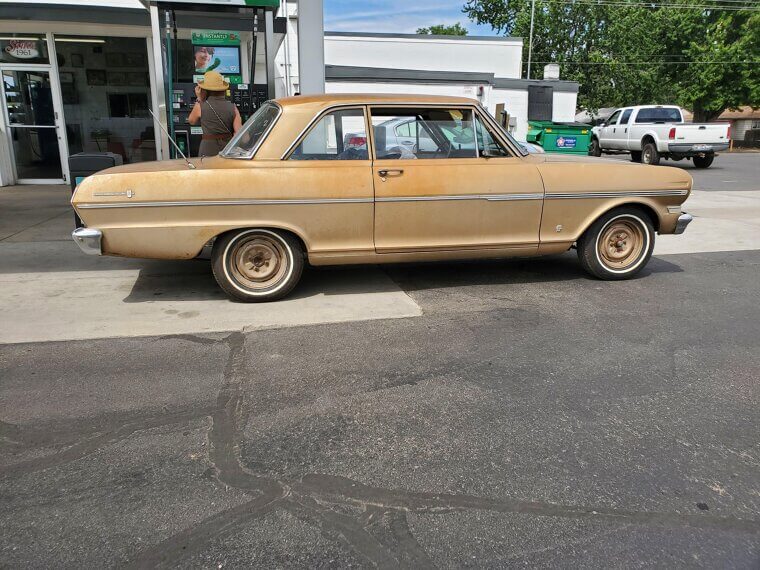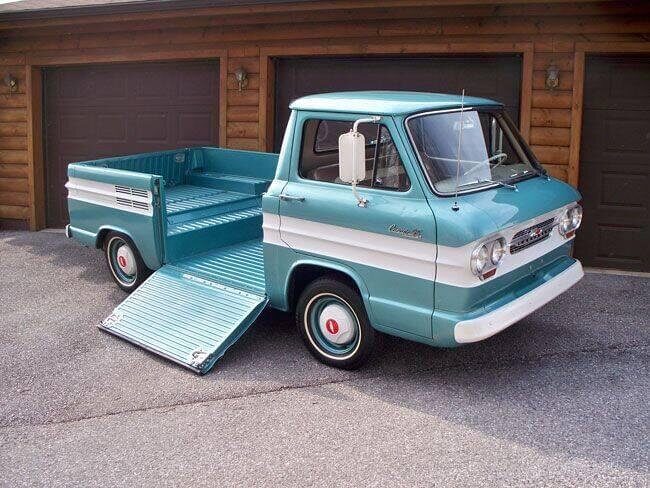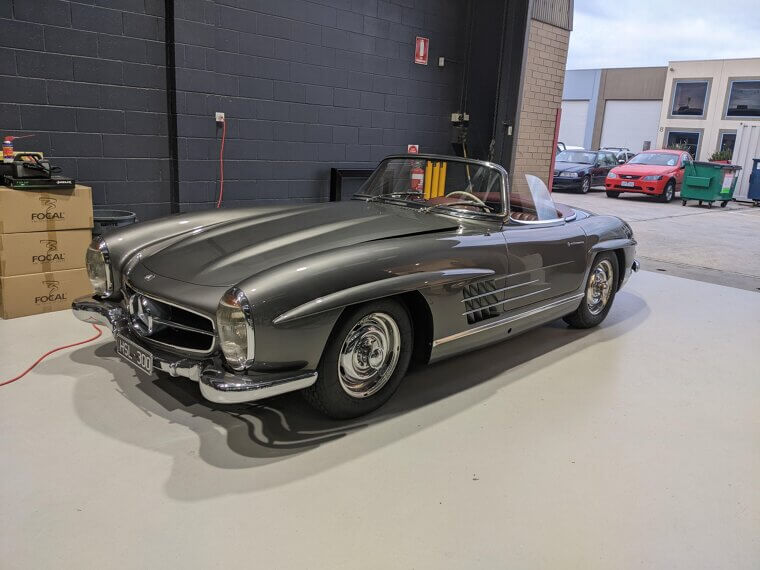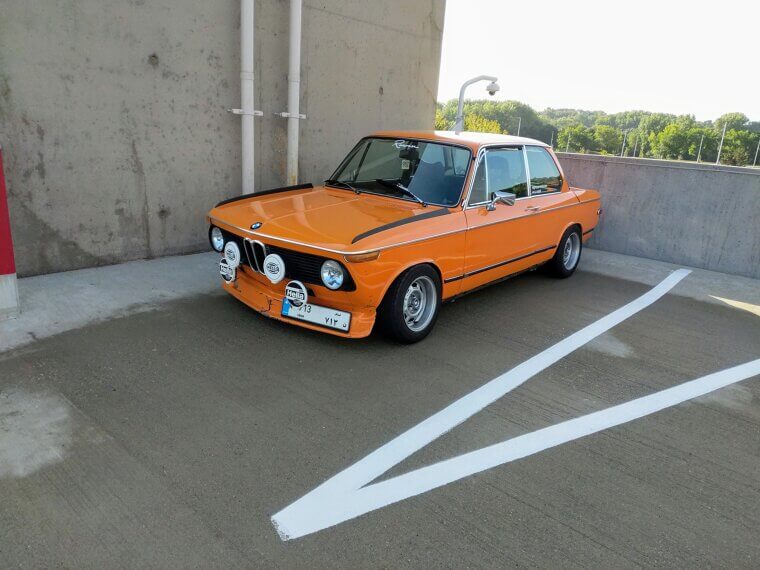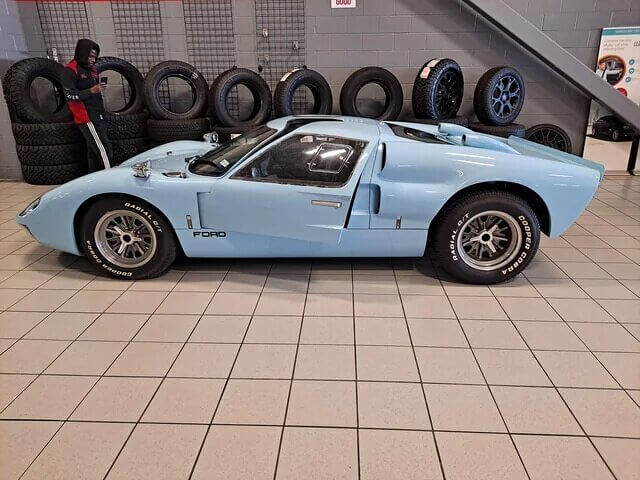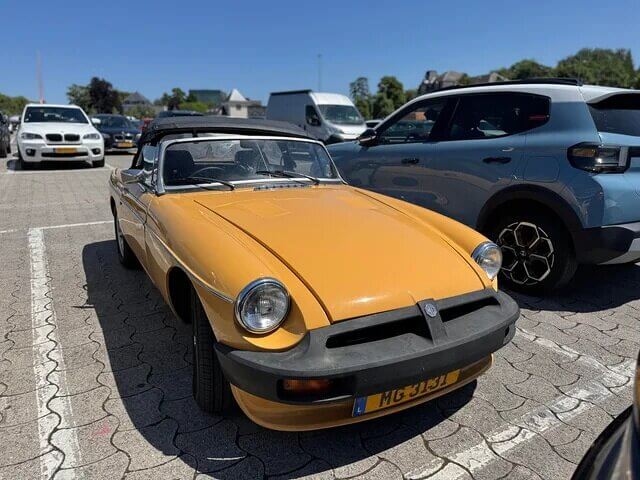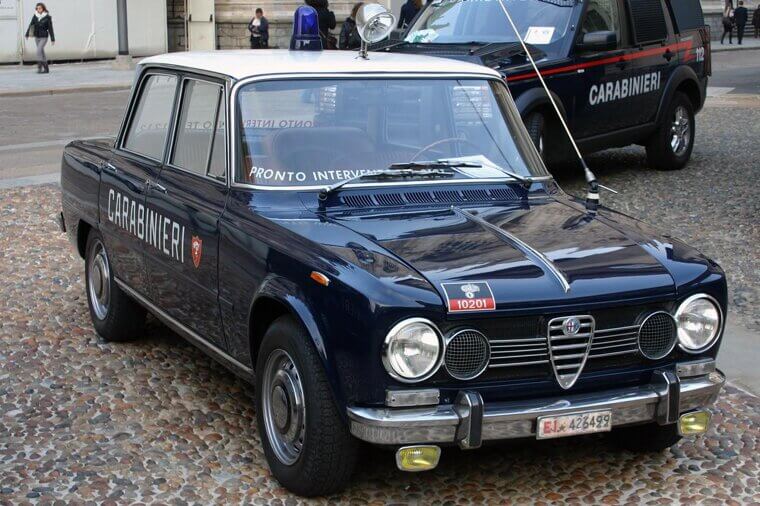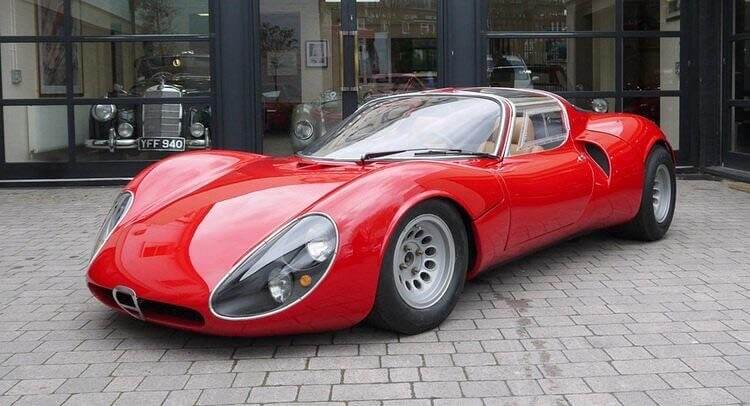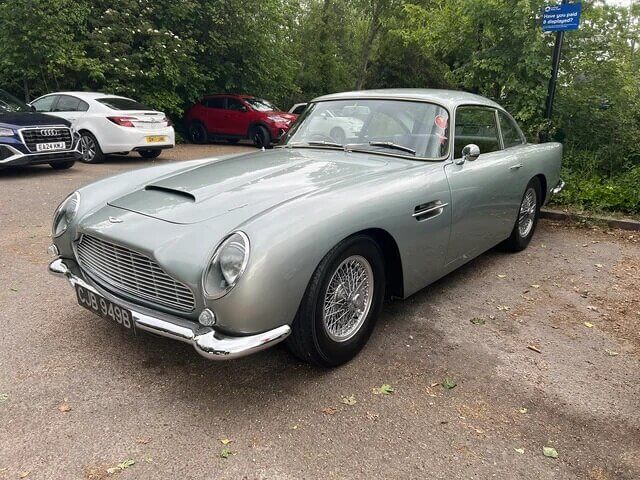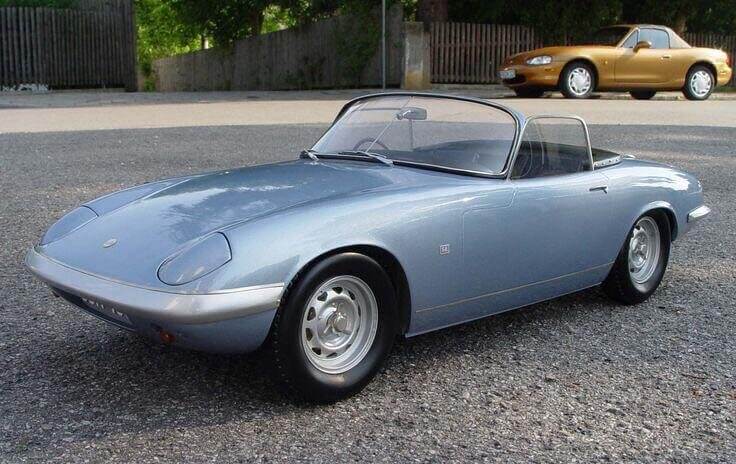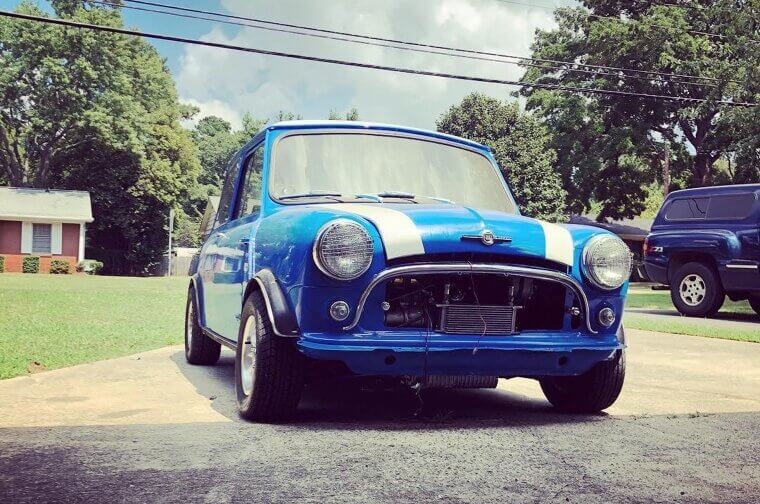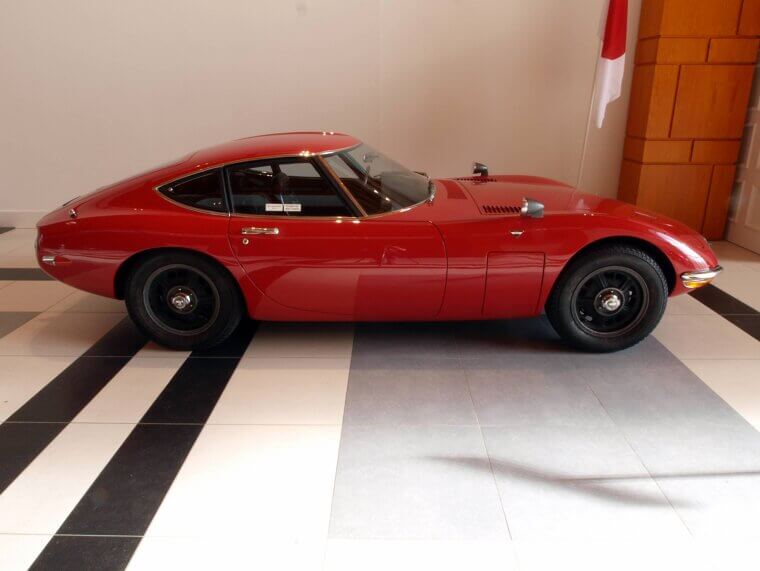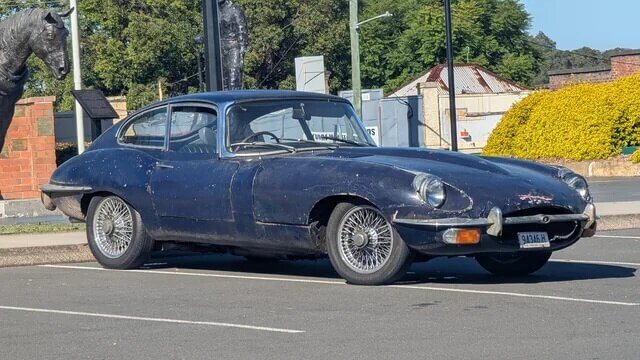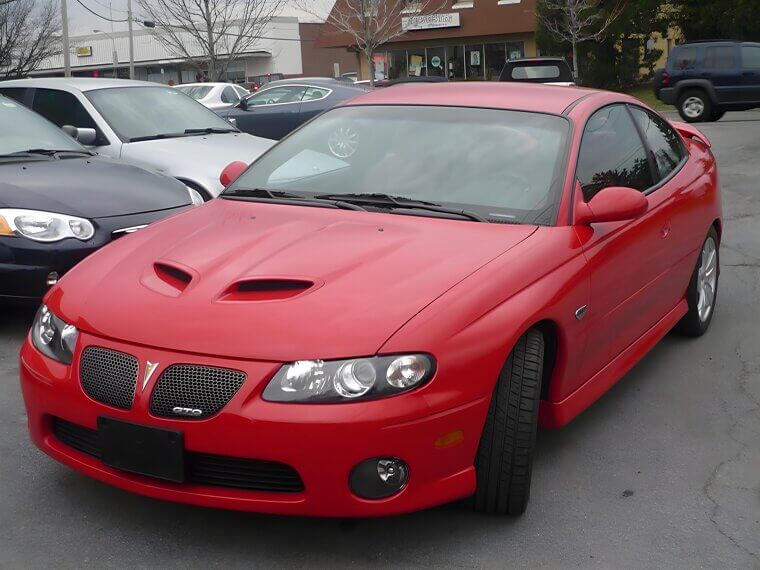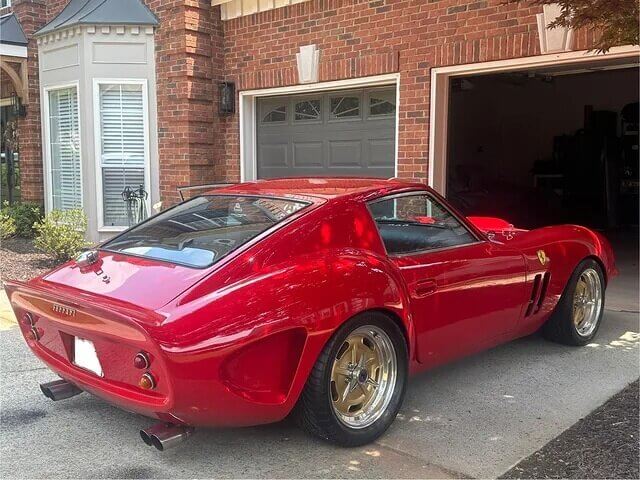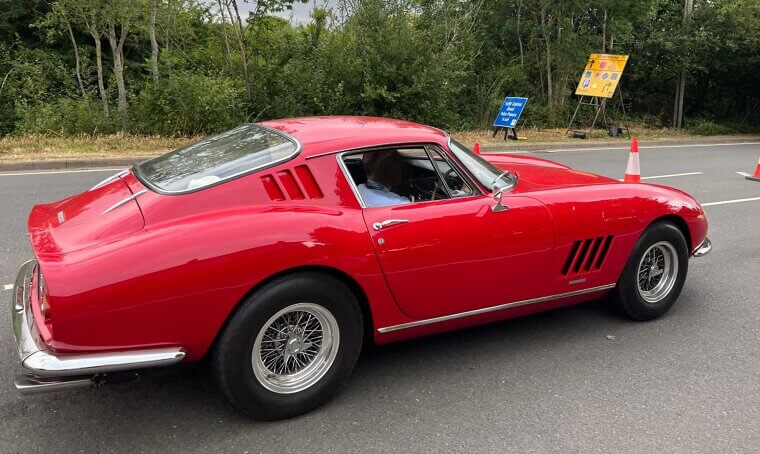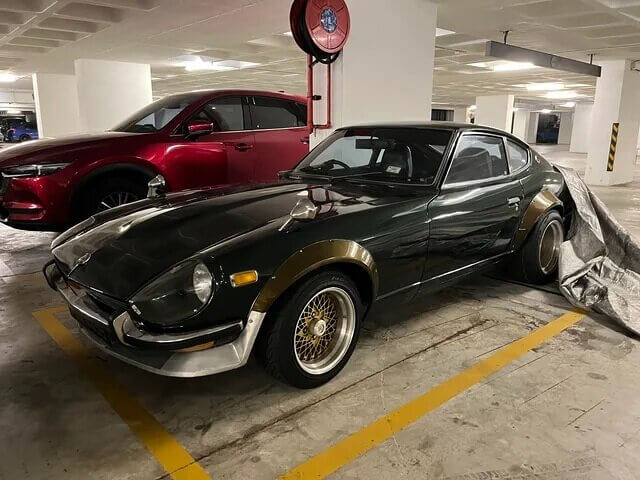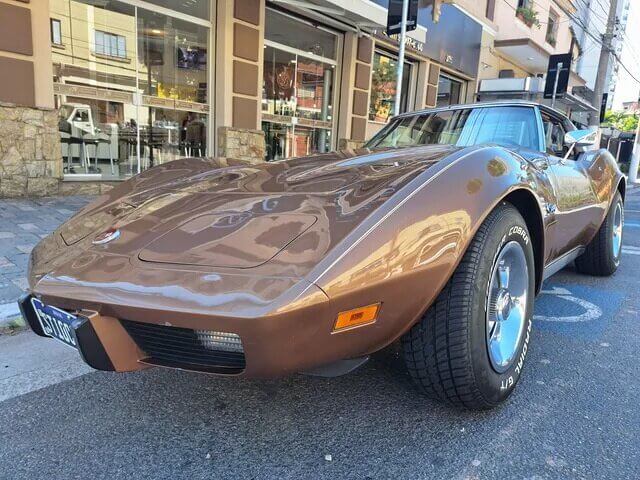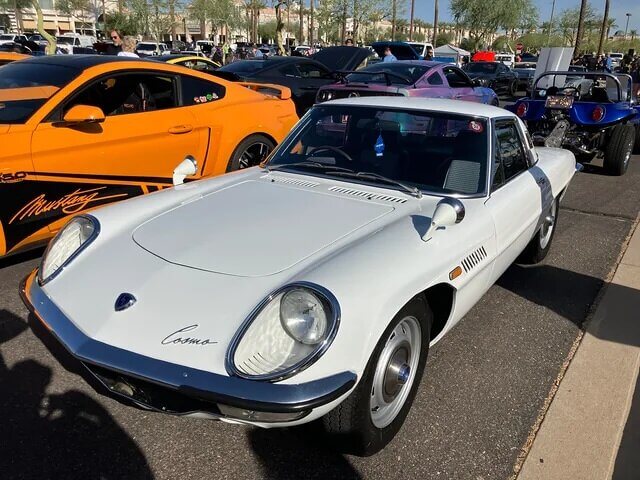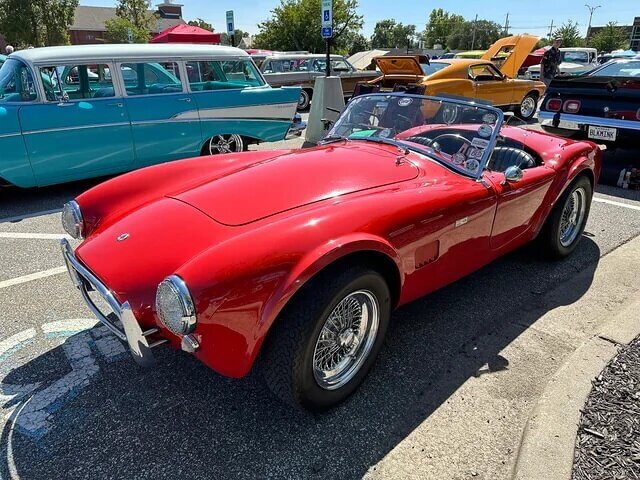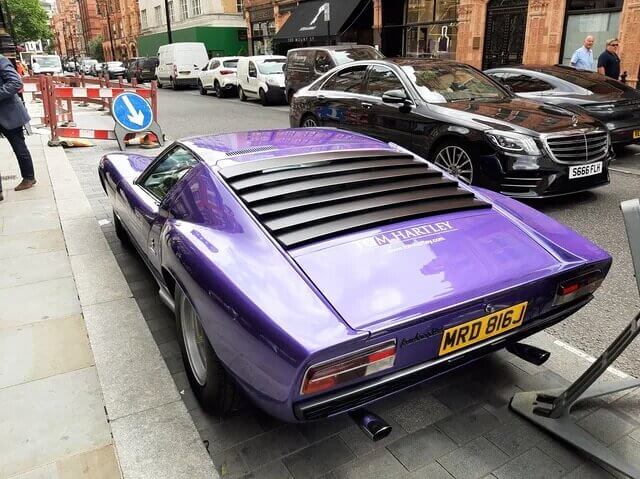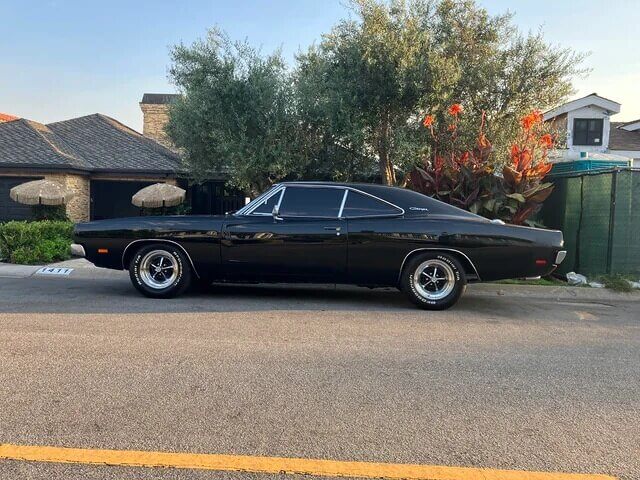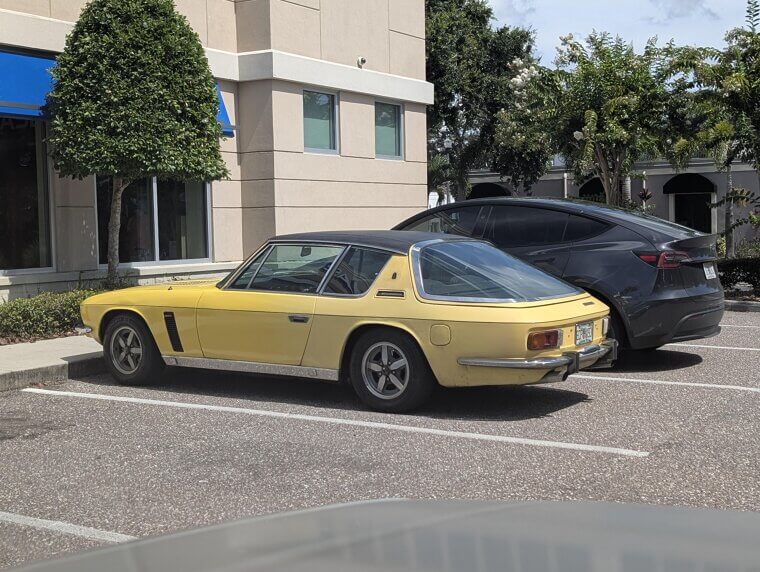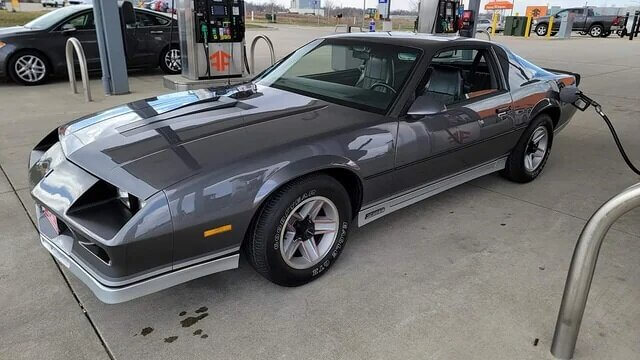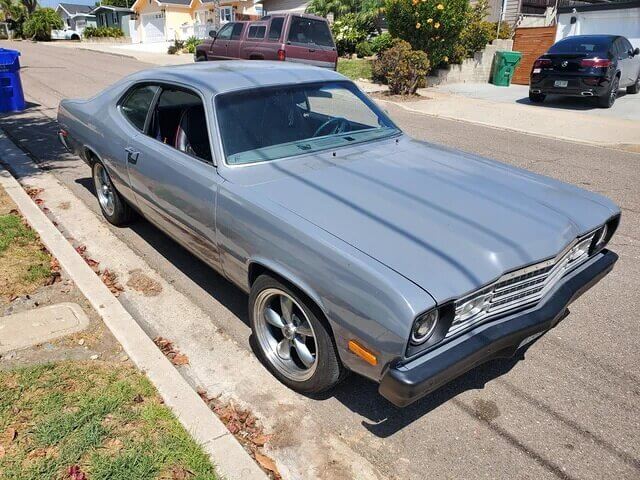Cars That Are on the "wrong Reasons for Being Popular" List
Are you an enthusiast, or even just an admirer, of classic cars? If so, you likely believe that each vehicle with the ‘classic’ label offers superb performance, but this is not always the case. Intrigued? Read on to uncover 35 cars that were popular for all the wrong reasons.
C3 Corvette
Aside from the obvious advantages of the sports car, the actual reliability just wasn't that good. The "shark" had one of the most beautiful designs that drivers have ever seen. But when the Corvette was still relatively new, it wasn't unusual to find these cars in the shop quite frequently.
Volkswagen Beetle
In all definitions, the VW Beetle is an iconic vehicle. Even though it was hugely popular for a while, the car's basic foundation wasn't that strong. To begin with, the VW's powertrain was unimpressive and difficult to maintain.
Volkswagen Microbus
The VW Microbus, one of the most recognizable vehicles of the hippy era, is another ideal vehicle for many people. Both the T1 and T2 had air-cooled rear-mounted engines, which were not the most dependable option for a van over time.
Lincoln Continental
During the 1960s, luxury automobiles were still all the rage, and the Lincoln brand offered a whole fleet of them. Although the automobile was incredibly gorgeous to glance at from a design perspective, it was frustrating to actually drive - as well as bank-breaking upkeep!
The Batmobile (Futura)
Sure, it was one of the most famous Batmobiles we've ever seen, but the performance was, at best, terrible. The majority of the swooshes that were common in this era of car design were included in the overall design of the vehicle; it simply has way too many flaws!
Plymouth Satellite
Another car that gained a lot of publicity was the Plymouth Satellite. Although, as Plymouth refocused the brand on more recent models, the Satellite slipped into obscurity because there was never a special performance variant of the car to become legendary.
Chevrolet Corvair Monza Spyder
The Spyder was a driver-friendly, attractively priced replica of what seemed like a Corvette-like vehicle. Many customers were disappointed since the performance didn’t reach the Corvette’s level. RIP.
Chevrolet Chevy II
Aside from being surprisingly low-priced, this car didn't contribute much in the way of design. However, because of its low cost, a lot of quality was sacrificed, and the Chevy II gained a negative reputation.
Chevrolet Corvair 95 Rampside Pickup
With the Chevrolet Corvair 95 Rampside Pickup, GM went one step further. The VW Microbus's popularity at the time had an impact on this intriguing design. With this, the Corvair 95 didn't catch on like you'd expect for a vehicle this groundbreaking, and its look was a bit too avant-garde at the time.
Mercedes-Benz 300SL Roadster
Exotic roadsters were still considered new in the 1960s, and the 300SL Roadster was among the first. However, the performance was not very outstanding, despite its stunning appearance. You would think that a car of this type would have more power, but it didn't.
BMW 2002
The 2002 was possibly the best-performing sports coupe in the Slalom, and the suspension was way ahead of its time. Regretfully, the 2002 also had many shortcomings, the first of which was its small size, which just couldn't keep up with its engine.
Ford GT40
Indeed, the GT40 was an incredibly fast racer that helped Ford and America gain international recognition. But, in reality, the Ford GT40 isn't all that exceptional. Actually, the Ford GT was a combination of pre-existing Ford technology that had been repurposed… but less impressive!
MG B
Lightweight convertibles were popularized by the Mazda Miata, but one existed for a long time before. One famous British coupe that continues to thrive with a cult following is the MG B. But, as it turns out, this car’s poor construction made it difficult to live with - and pay for!
Alfa Romeo Giulia
Although this car was one of the most popular in the 60s, its performance fell short of expectations. This car is now known to be a nuisance to own since there are so few familiar technicians and a narrow network of dealerships.
Alfa Romeo 33 Stradale
Alfa's 33 Stradale was an intriguing model. Alfa Romeo aimed to produce a consumer supercar that could compete with Italy's finest. Although it had a design, every other feature of the car was subpar. I guess you could say this car was ‘left in the dust’ by better-performing dream cars!
Aston Martin DB5
The AM DB5 was one of the most popular vehicles for one reason, and that reason is James Bond. However, driving a DB5 was less thrilling than anticipated, and the car's shine soon faded. A few features were striking, but as we all know, you don't purchase a sports car purely for its appearance!
Lotus Elan
What happened to this popular car to cause it to fall on its face? To begin with, the powertrain was subpar, particularly for a vehicle of this size. The Elan also failed almost all of the dependability tests that were conducted in its prime. They weren't nearly as dependable as Lotus had planned!
60’s Mini Cooper
Although the first Mini Cooper had a unique (yet still adored) appearance, its performance was essentially nonexistent. The little powertrain is mostly to blame for this. The Mini has very few features that make up for its lack of power.
Toyota 2000GT
The 2000GT was clean, desirable, and had great performance. However, the 2000GT also had a few noteworthy drawbacks. The doors' hanging design was the first of these. Another problem is visibility, which is particularly problematic in the car's back where blind spots exist. Not ideal!
Jaguar E-Type
It’s clear you’re driving something special when you get behind the wheel of the E-Type. However, the E-Type's design flaws annoyed customers. This automobile had a cheap convertible top and virtually little visibility. Furthermore, the engine needed ongoing maintenance.
Pontiac GTO
From its strong engine to its distinctive appearance, the Pontiac GTO stood apart from the crowd. This was disappointing because the GTO was more hype than performance in many ways. Not only was this car’s interior design a headache to understand, it also failed to impress with features.
Ferrari 250 GTO
This might come as a shock to the Ferrari enthusiasts out there, but the Ferrari 250 was another "GTO" with certain drawbacks; it lacked the essential elements that distinguish a Ferrari. The driving characteristics were limited, and the performance was mediocre.
Ferrari 275 GTB
One of the few cars with the distinction of having a V-12 engine is the 275 GTB. But, since these engines were still being refined at the time, the Ferrari 275 GTB was not as popular as one might have thought. Surprising, right?
Datsun 240Z
The Datsun 240Z was once popular as one of the best sports cars ever produced, but it also had several flaws. First of all, there was a lot of rust on the car. Because they would have to pay to have the rust fixed, which was pocket-emptying, this turned off customers early.
Chevrolet Corvette Stingray
The Corvette has consistently innovated the sports car market and managed to become memorable in American history. The Stingray's contemporary interior is just one of its wonderful features. However, given how light the car was, the performance was a bit disappointing.
Mazda Cosmo
In addition to the fact that the car's design was innovative, the rotary engine was undoubtedly one of the best powerplants available. Unfortunately, corrosion and poor quality were major contributors to the Cosmo's popularity demise.
Shelby Cobra
Although the Shelby Cobra is considered a classic and one of the most popular dream cars of the 1960s, its shortcomings simply make it worthwhile to stay away from it for the most part. There are nicer cars out there than this one, and you'll enjoy them much more. Harsh, but true!
Lamborghini Miura
The Miura was a disaster, so the Lambo brand is not excluded from the failed sports car race. All of the world's technological innovations were insufficient to make this car succeed. Also, the preferred design for sports cars has changed, and this particular Lamborghini simply no longer fits the mold.
Dodge Charger
Even though the Charger's performance wasn't as good and it was chunkier than its competitors, it nevertheless managed to gain popularity. Still, the Charger had numerous dependability problems in addition to quality flaws.
Porsche 911
Even if the car's performance was lacking in many ways, even back in its prime, it was still adored. The 911's shortcomings were a small cabin and a bumpy ride, which don’t quite hit the mark in today’s industry.
Jensen Interceptor
Despite having a V8 engine, the car's price can not be justified today. This car generated a lot of excitable chatter in the 60s, but, unfortunately, Interceptor only ever succeeded in captivating a very small audience - and an even smaller one in recent times!
Ford Mustang
At a time when cars were flooding the market, this car used to be one of the most popular on the market. But the initial design really wasn't that great. While the car grew older, its dependability declined, and it was more prone to rust.
Chevrolet Camaro
Chevy was quick to come up with a plan to overcome the Mustang when it was produced, but their result didn’t quite hit the mark. The Camaro required a lot of repair, and the second generation was far worse.
Plymouth Duster
Sure, the Duster had many advantages, but it also had way too many cons. The car struggled because Chrysler didn’t plan out the design as well as they should have. Sure, it had a Hemi V8, but it is horribly unreliable.
Chrysler 300F
The Chrysler 300F differed from other models on the market thanks to many (much-needed) design adjustments. However, this wasn't enough to make it a commercial success. On paper, the 300F's performance was excellent, but it does not deserve the hype it’s given.

